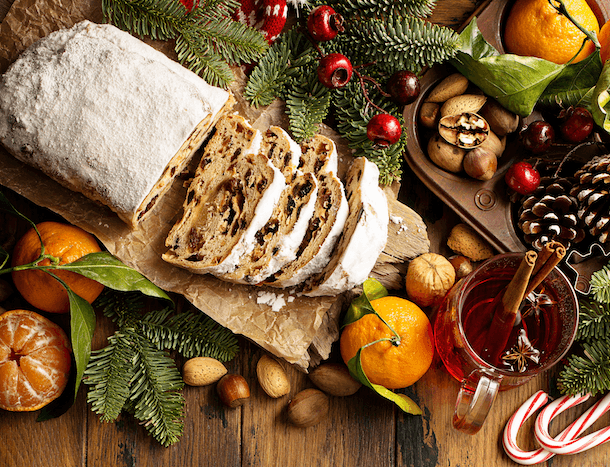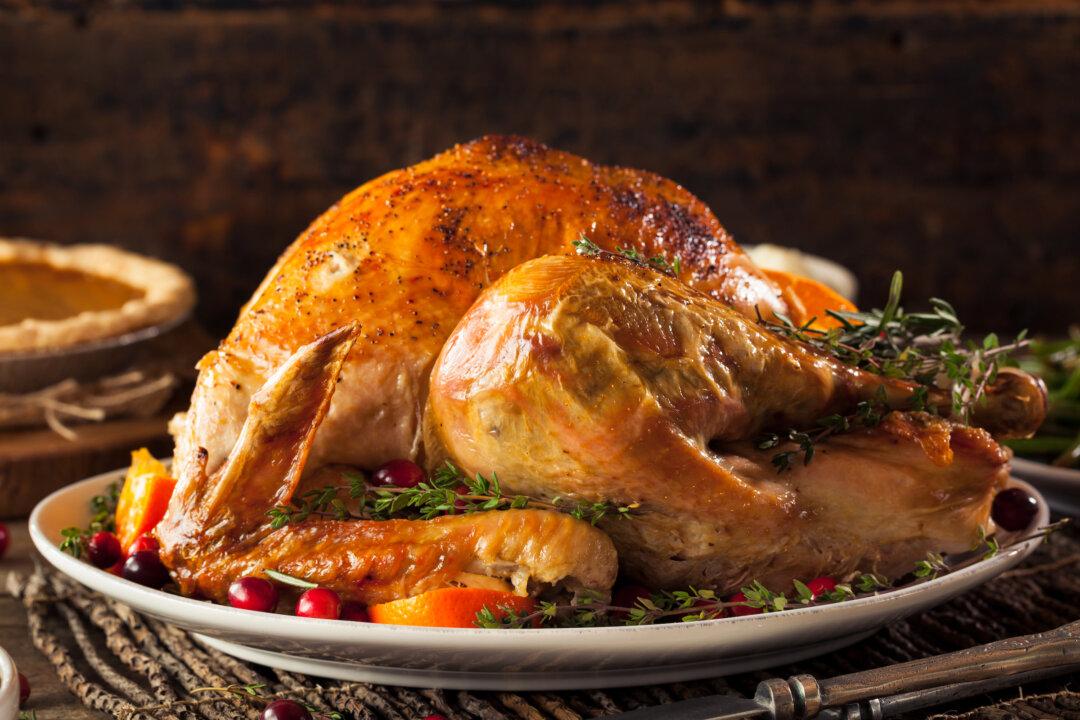The holidays are a time for family and food, and for carrying on the traditions that continue to bring them together throughout the generations. The festive foods that grace our tables this time of year can be especially evocative—the particular crumble of a cookie calls to mind a home country an ocean away, a whiff of warm spices is a time machine to grandma’s house.
To spread that seasonal magic, chefs from around the country—and across the pond—share their families’ most cherished Christmas traditions in the kitchen.






